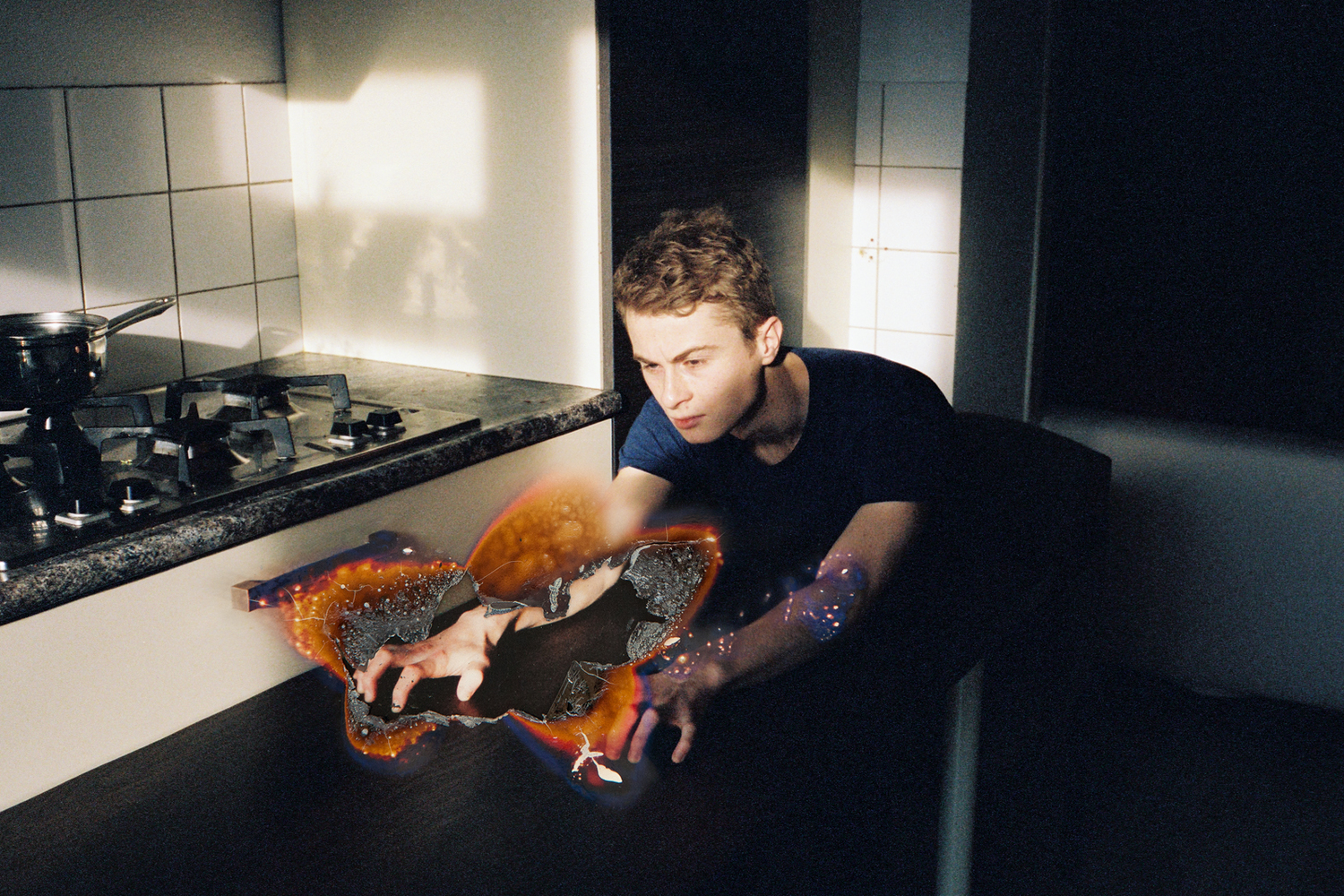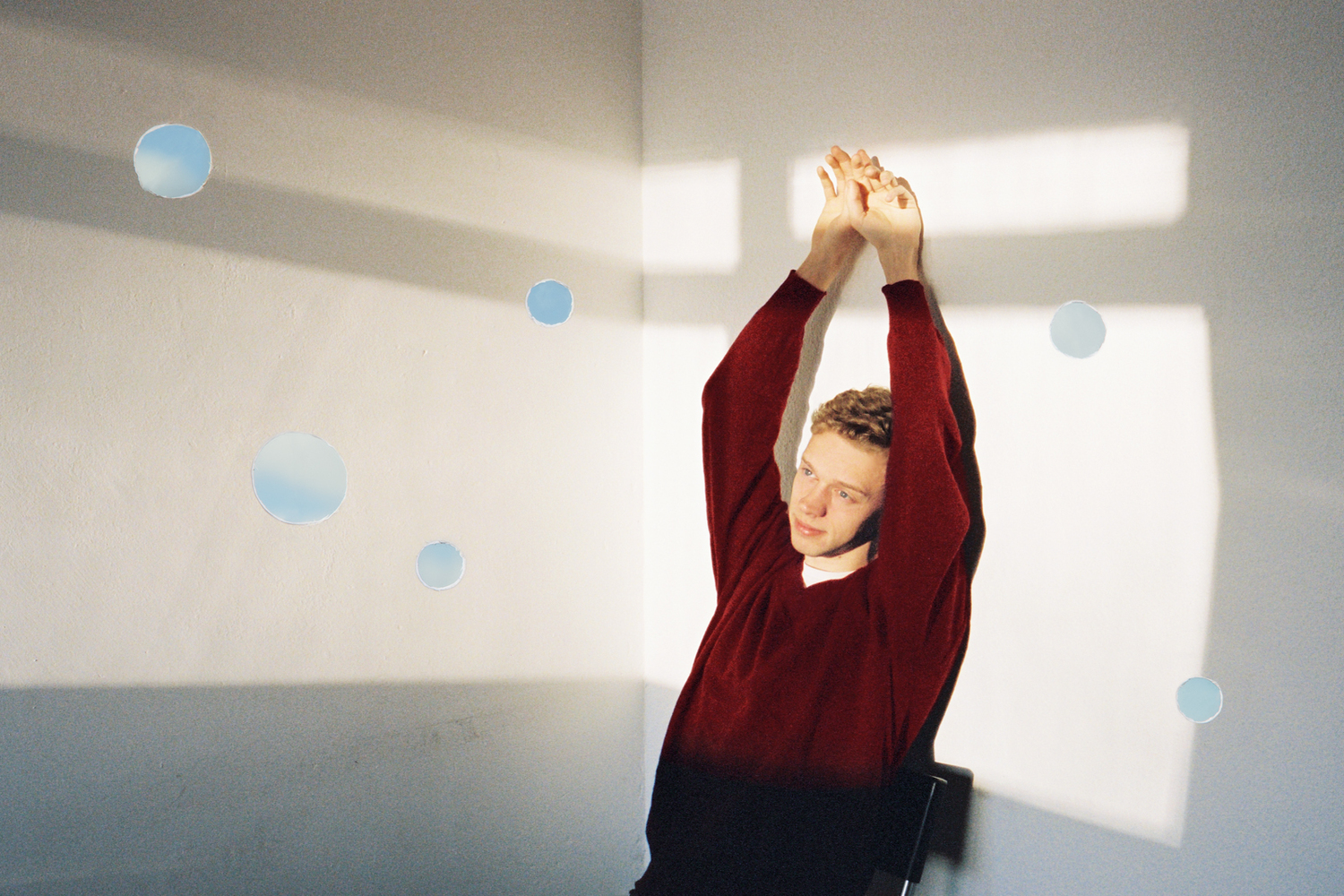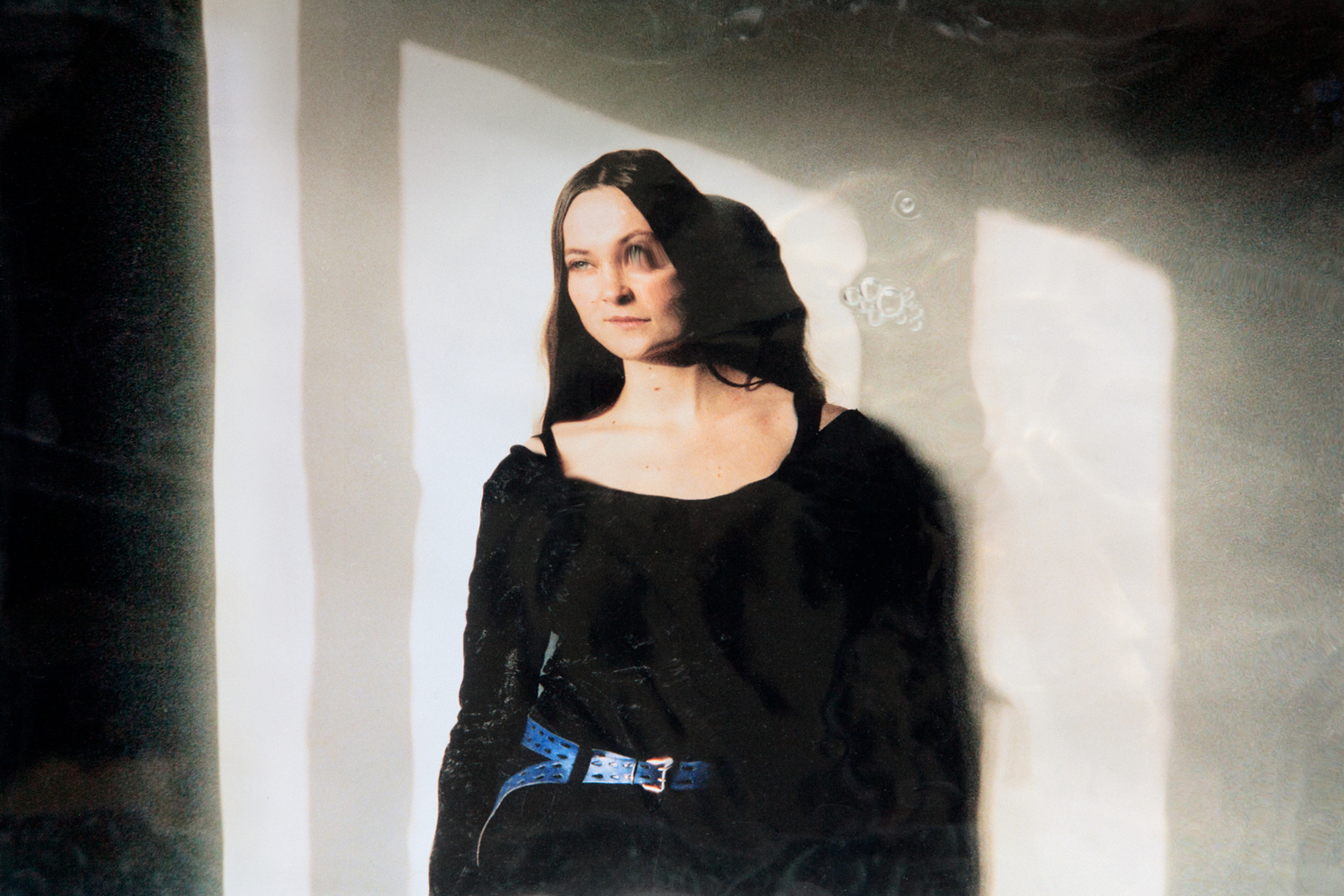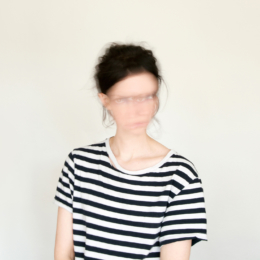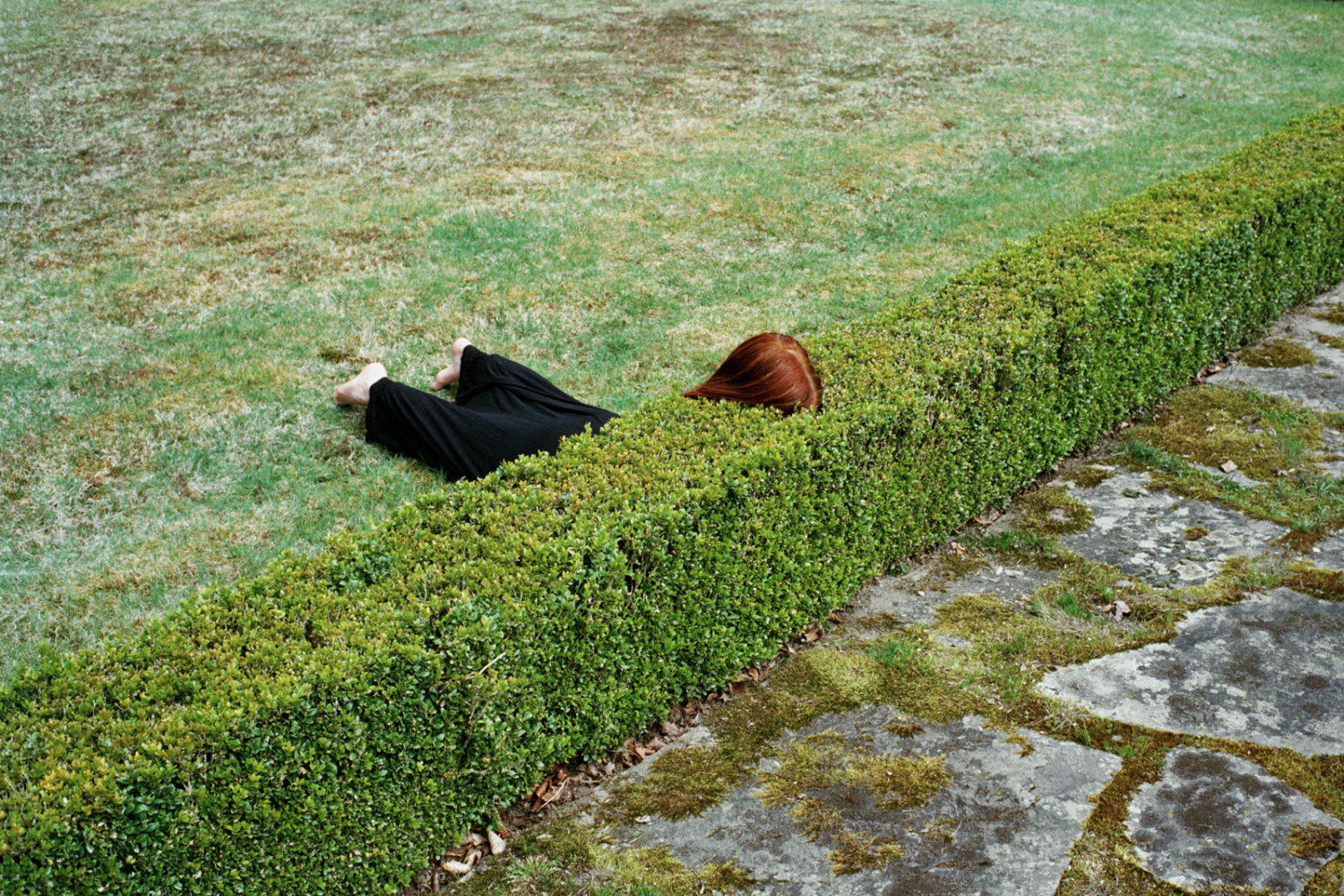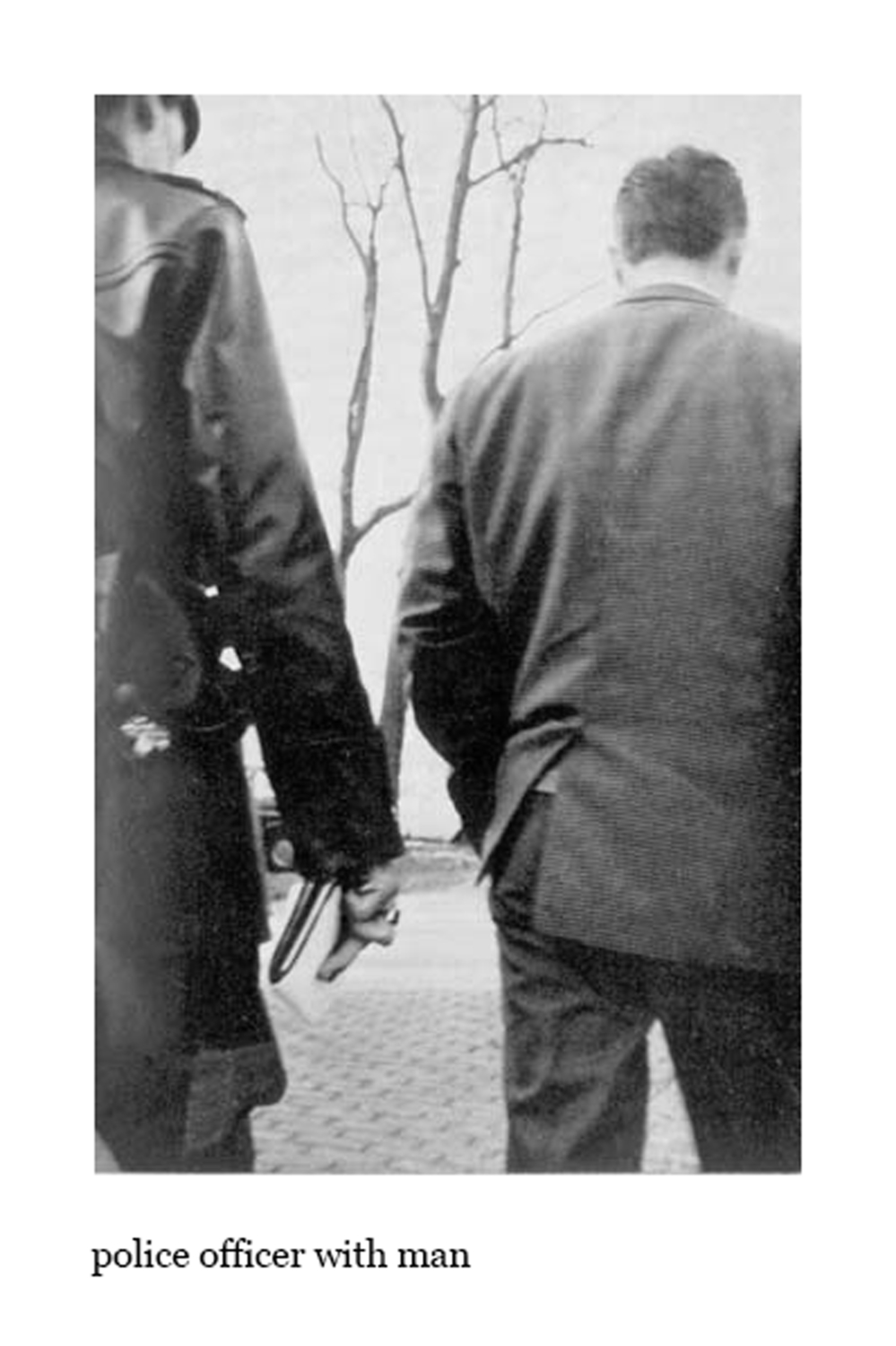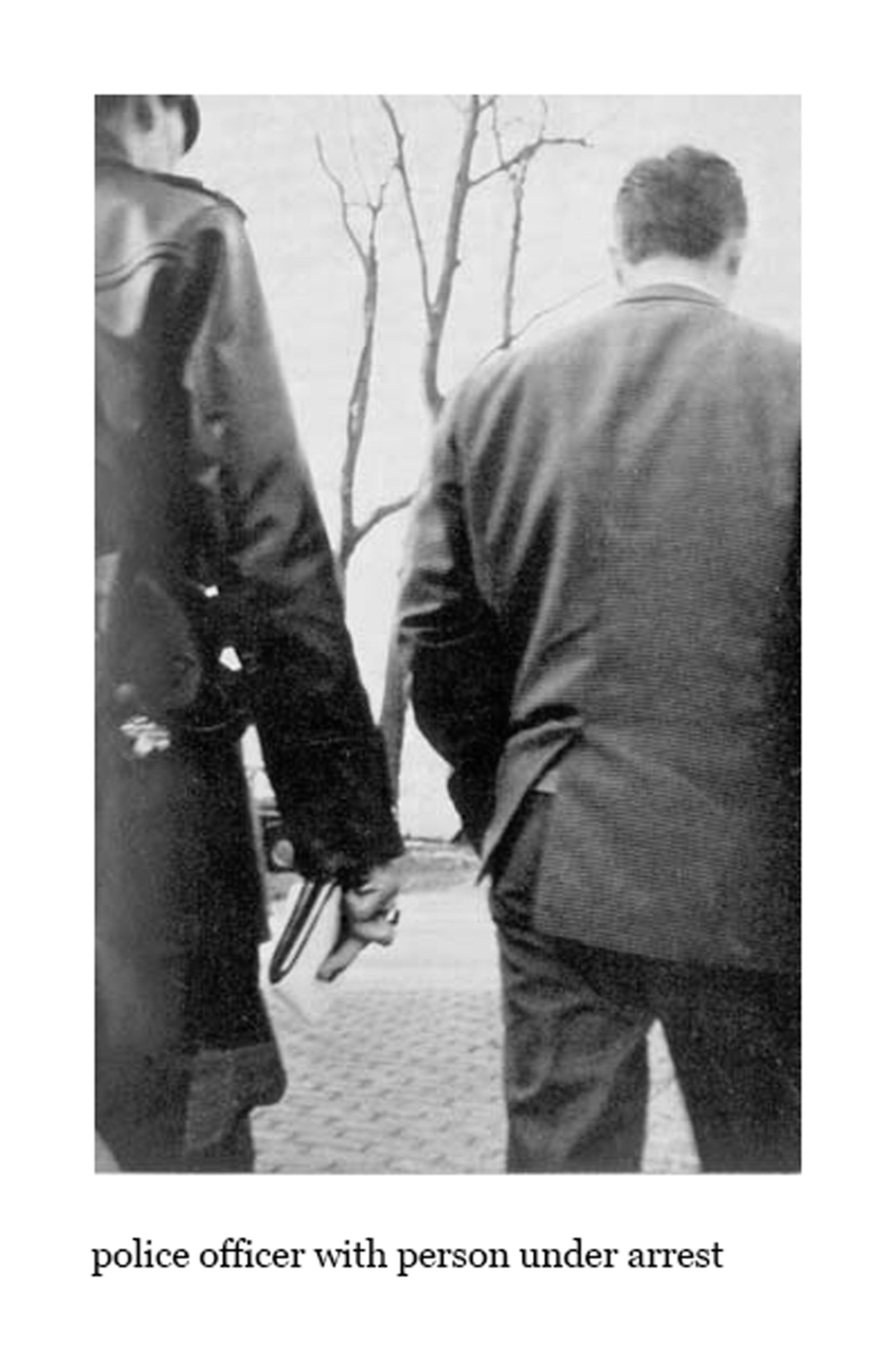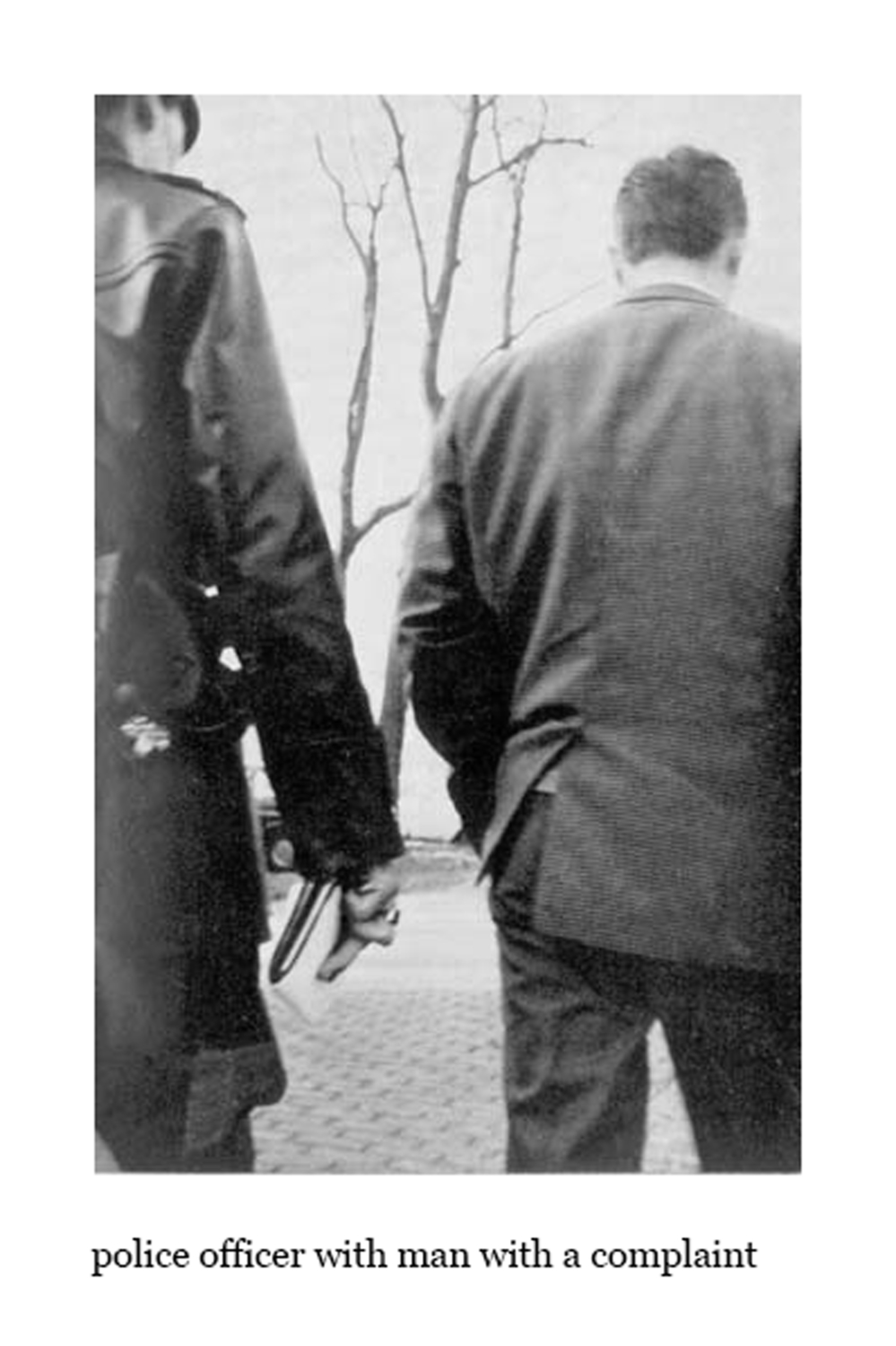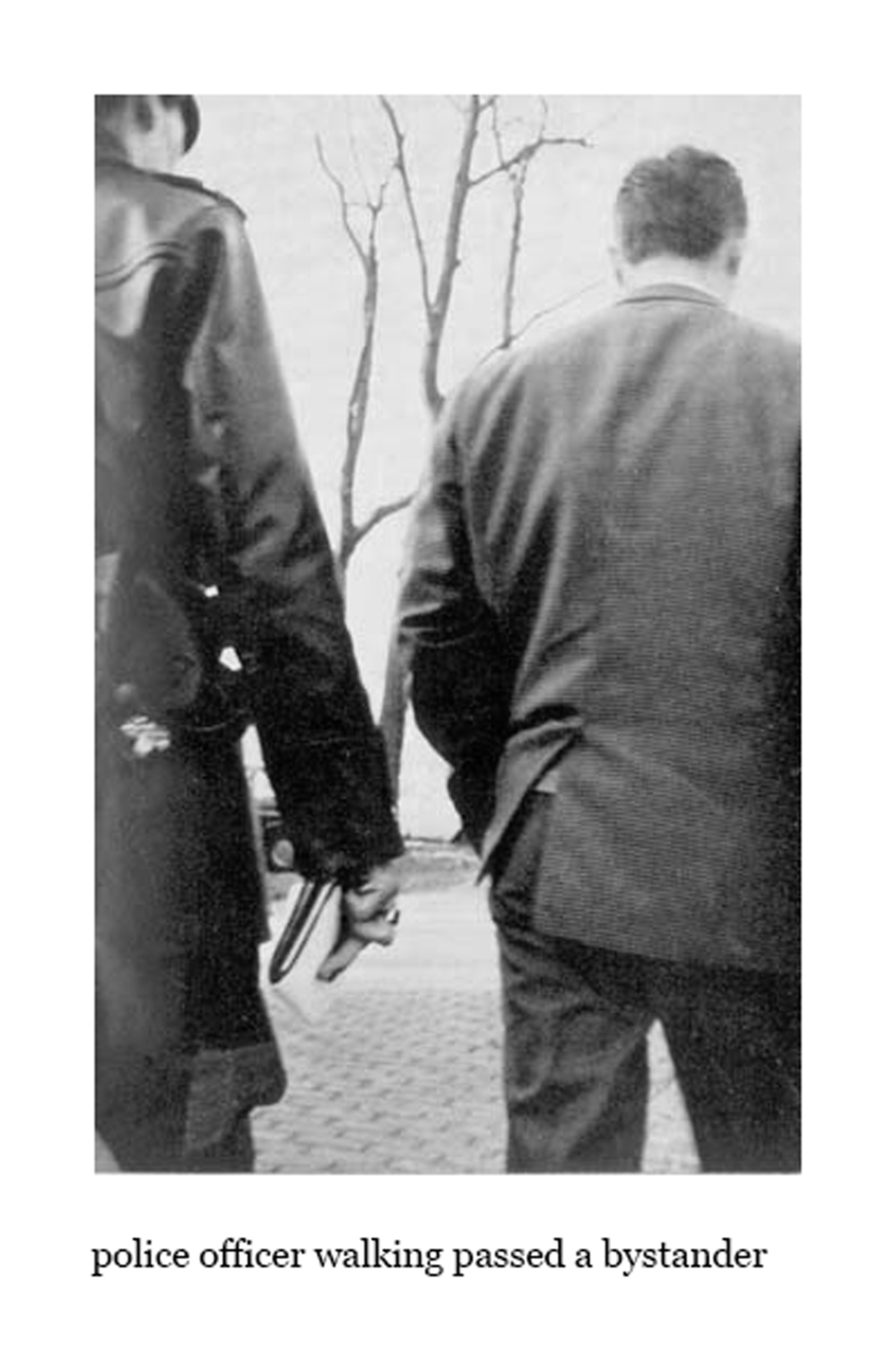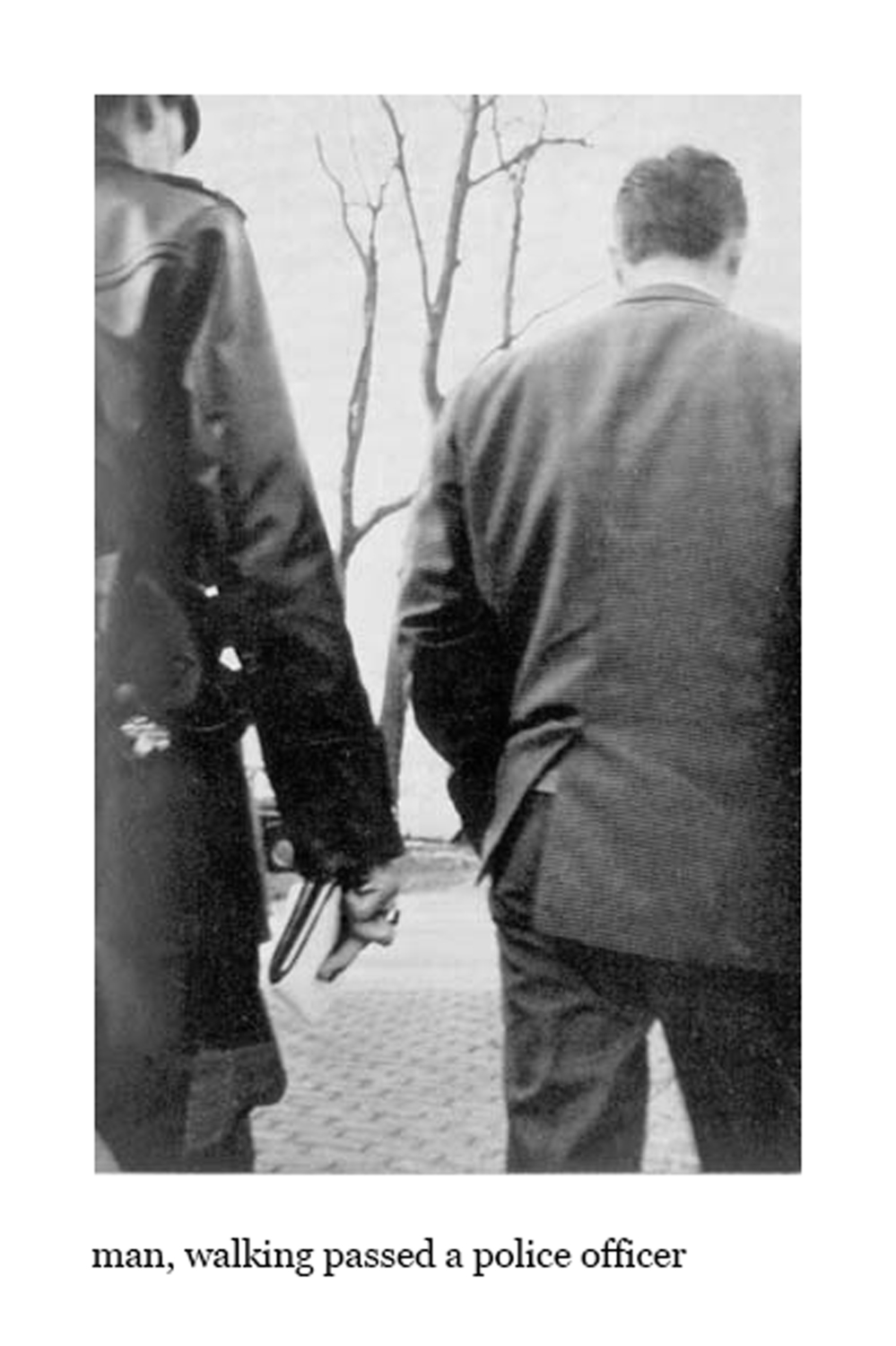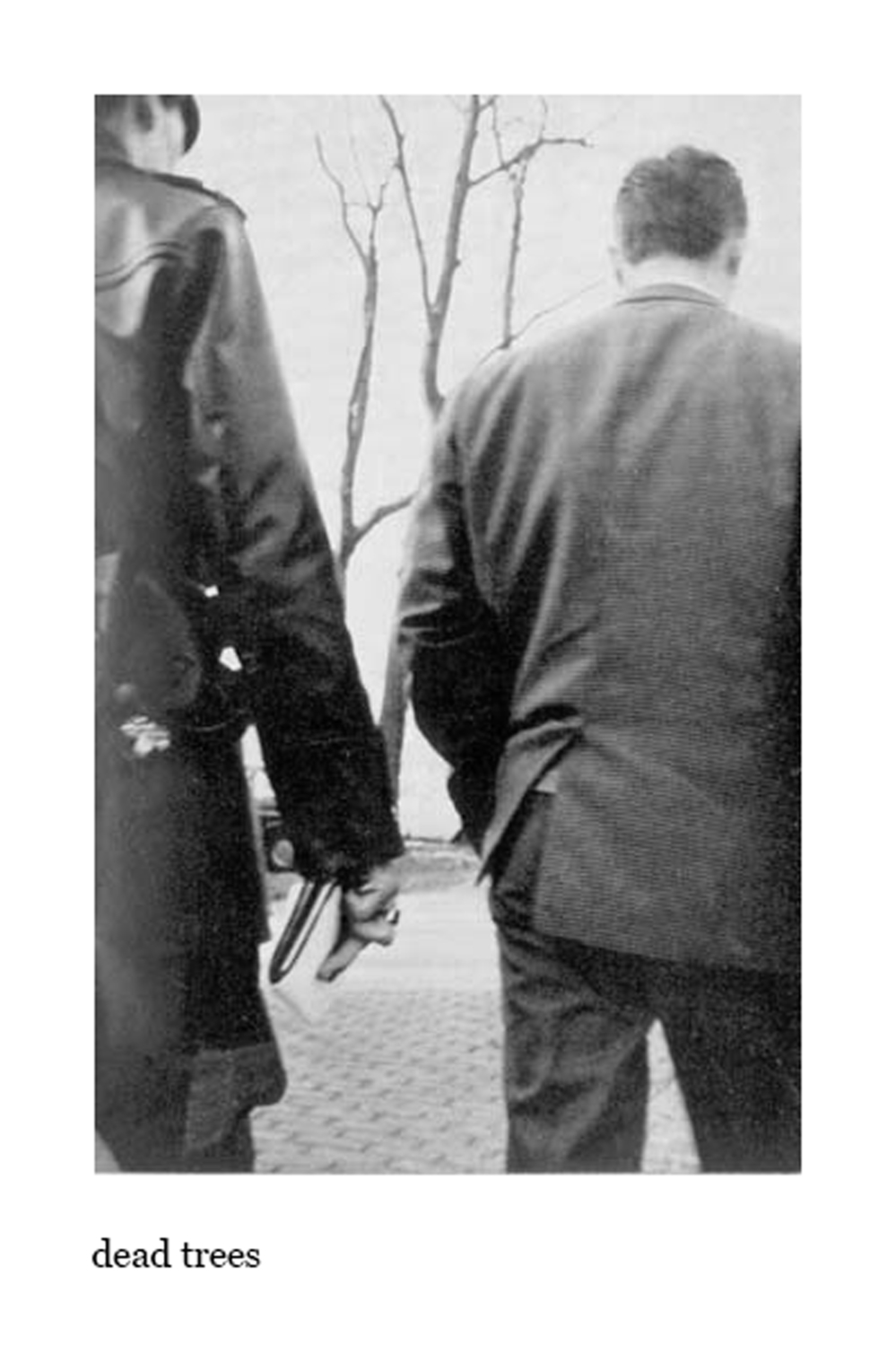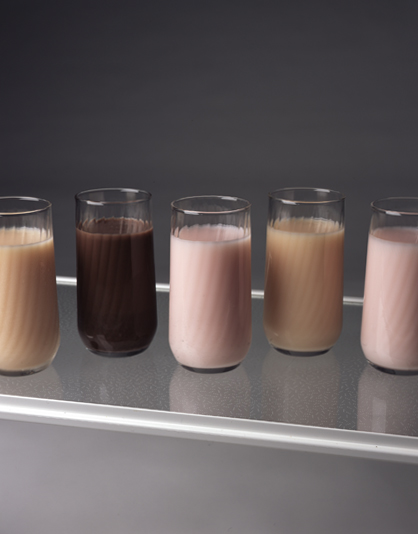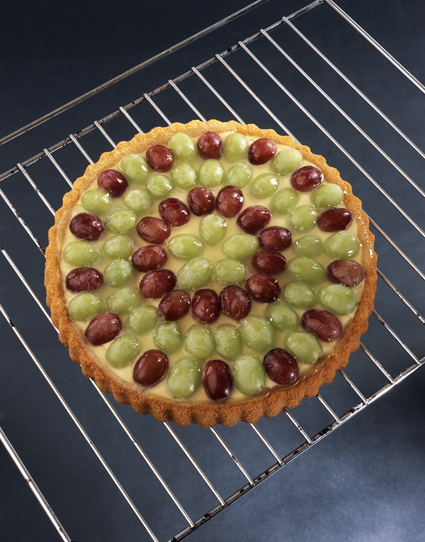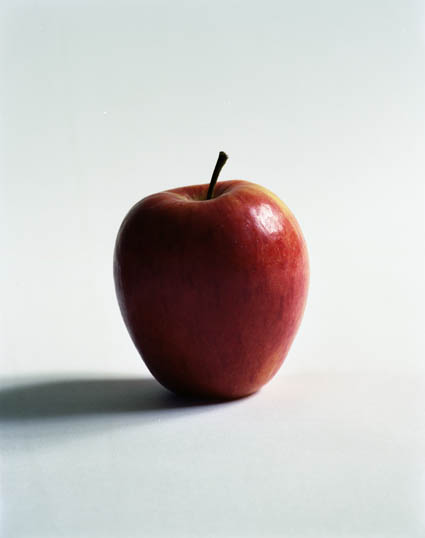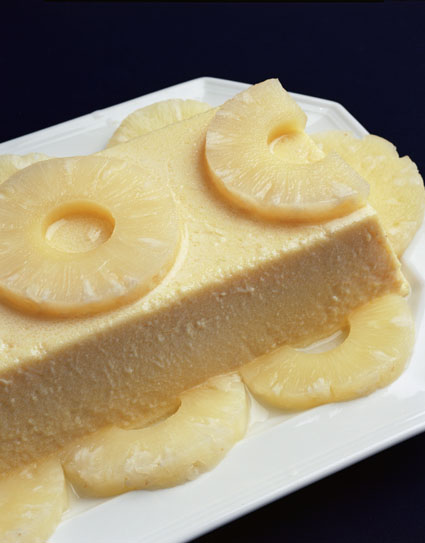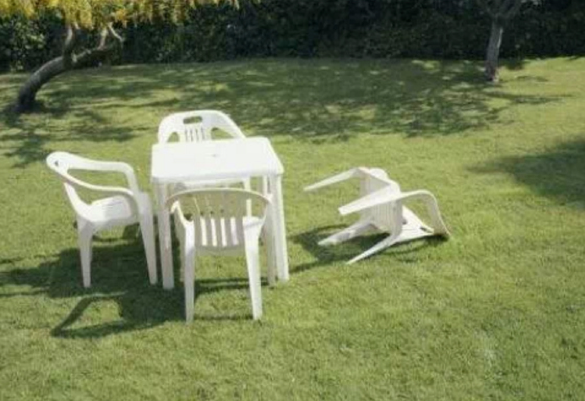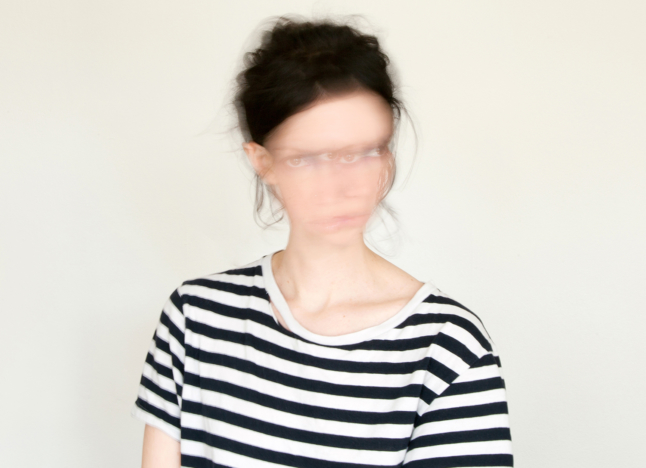Tom Hatton
Artist Feature
Every week an artist is featured whose single image was published by Der Greif. The Feature shows the image in the original context of the series.
Isolde Woudstra - The Mind's Inclination Follows The Body's Temperature
Dec 05, 2018
Organized around the four elements (earth, water, air and fire), and the four humors (black bile, phlegm, blood and yellow bile), ‘Temperament Theory’ asserts that these physical qualities determine the behavior of all created things, including the human body. From Hippocrates (460–370 BC) onward, ‘Temperament Theory’ became the most commonly held view of the human body among European physicians until the advent of modern medical research in the nineteenth century.
Consider four people who see a star fall to earth. The Melancholic ponders what it means and how he feels about it; the Choleric wants to form an expedition to find it and analyze it; the Sanguine talks about it animatedly to all present; and the Phlegmatic waits for the others to decide what to do as whatever decision they make is fine by him.
Artist Blog
The blog of Der Greif is written entirely by the artists who have been invited to doing an Artist-Feature. Every week, we have a different author.
Published in:
»Guest-Room Diane Smyth«
»Der Greif #9«
Fall
Dec 11, 2018 - Isolde Woudstra
Hi there!
First off i’d like to thank der Greif for their refreshing approach to photography and for having me here!
I’d like to start with this personal favorite of mine. It was shot rather spontaneously during a bike ride with my friend Kim back in 2013. We came across a little park with this low hedge and I immediately pictured this scene in my head. As Kim was rather uncomfortable lying there I took just 3 or 4 shots and we were done in less than 5 minutes. I often find that the images that come to me effortless are the strongest ones.
Context and the meaning of a photograph
Dec 10, 2018 - Isolde Woudstra
Today I’d like to share with you a peculiar little book I’ve picked up somewhere around the time I started studying photography. “Het extragegeven” by Lambertus Lambregts was published by de Harmonie in 1973 and the preface, written by Lambregts, reads:
“When viewing a photo without a caption, the viewer will try to give the photo the proper meaning with the data that the photo itself has to offer. We see two men. The trees, the car and paved road tell us that the two men are outside. Their posture tells us they are walking. The gun holster, the leather jacket, the pants and the book from the man on the left make us suspect that he is a police officer. The book in his hand and the fact that both men are close together, let us readily assume that there would be some relationship between the men, probably that of police officer / citizen in violation. When we now receive extra information in the form of a caption in addition to the photo, it makes it easier to give meaning to the photo. The extra data forces us to give the photo a certain meaning. By changing the ‘extra data’ the meaning of the photo changes, and in a way also the photo itself because we will now view it differently.”
Products in photographs that deal with product-photography
Dec 09, 2018 - Isolde Woudstra
Another book from my collection I’d like to share with you is “Desserts” by Antje Peters, a fellow graduate from the HKU in Utrecht, the Netherlands. Influenced by 70’s and 80’s advertising, her photos of products always deal with product photography itself. The work is highly self-referential and always makes me smile.
“Desserts straightforwardly presents 15 photographs of pre-manufactured desserts to be found in supermarkets plus an image of an apple (an allusion to one of the symbols for consumer culture)”
Desserts
Size: 21x30cm
Pages: 36
Edition: 200
Publisher: Automatic Books
Two portraits for KesselsKramer
Dec 08, 2018 - Isolde Woudstra
Today I’d like to share two portraits I shot for KesselsKramer in 2016. The first one is a portrait of the Dutch former minister of Defence Eimert van Middelkoop and the second one is a portrait of deceased actor Piet Römer. They were published in ‘DOOD’, a one-off magazine about death. The portrait of van Middelkoop was shot for an article about people who are dealing with death within their professional lives and Piet Römer was shot for an article about people who feel they’re communicating with a deceased loved one.
White Plastic Chairs
Dec 07, 2018 - Isolde Woudstra
This is my favorite ‘stumbled upon this on the internet’ photo. It’s been around for quite some years acting as meme-material, but I just think this is a wonderful image in its own regard. In a way it encompasses everything that excites me in photography. It’s a highly generic scene, kind of silly even, but at the same time I find the whole scene rather ominous and the pairing of the mundane and the foreboding has always had my interest. There are probably billions of white plastic monobloc chairs around the world, and they’re completely free of context – You can’t really tell when or where you are by looking at them. A white plastic chair in a photograph offers you no clues. The image is asking you to make up your own story, and there’s a thousand stories there.
Unfortunately I haven’t managed to trace the photographer so I’m unable to credit this one…
The First Picture I Ever Took Of You
Dec 06, 2018 - Isolde Woudstra
As my last post here I’d like to share my zine “The First Picture I Ever Took Of You”, published in 2016. It’s a scrapbook-like photo zine including the first picture I took of musicians like Grimes, Chelsea Wolfe, The War On Drugs, Lebanon Hanover, The Soft Moon, TR/ST and others….
Limited edition of 100 hand-numbered copies
Full color, 32 pages, A5
€5,- + shipping
please order here!
“The first picture I ever took of you was probably never published. You can see it on the left page. I scanned the negative on my old dusty scanner, no colour correction, no retouching. On the right side is the rest of the filmstrip as well as another photo we took that day, the one that became my personal favorite. We’re told to only ever show our best work but while scrolling online through an endless stream of great work – perfect work that was carefully orchestrated, selected and processed – I sometimes long for something simpler, something more honest. I think this first picture I took of you might give away more about both of us than any other picture will ever do.
Whenever I take my camera out in front of a musician, I feel like a tormentor preparing her instruments. Using a camera is a violent act. I feel guilty about having to put you through this whole ordeal. I imagine you’d rather be someplace else. I’m always taking up those minutes when you’d rather be sleeping, preparing for the show that starts in an hour or simply staring at the wall in front of you because you’ve been constantly surrounded by people for the past week. I feel like a burden. Or an intruder. I’m a necessary evil. You don’t know me, so you probably don’t realize I feel this way. Still, we spend the next 30 minutes together and I work with whatever you can give me.
“Hi, I’m Isolde. I really enjoyed seeing you play. How has the tour been so far? Is it ok if I open this curtain? Yes, I still shoot on film, I always have. It’s a Contax. Yeah, I know, no one likes having their picture taken but, trust me, you’ll be fine. That’s alright, you can stay where you are. Could you turn slightly to the left though? Yes, that’s perfect, thanks…”
I know you are vulnerable right now, and at this very moment I too wish we were just having a drink instead. The first picture is somehow always the hardest one to take. Before I push the button, it’s as if I’m still on your doorstep, afterwards, I’m transported into your bedroom. Though I’m not sure you had meant to be showing me around.
x isolde”
Ok that’s it!
Thanks for having me and feel free to follow me on Instagram @isoldewoudstra



